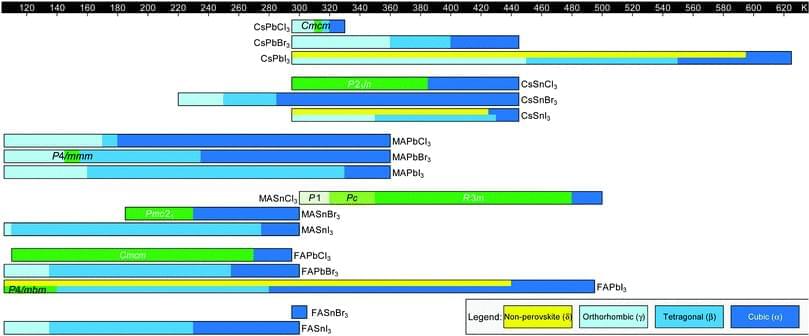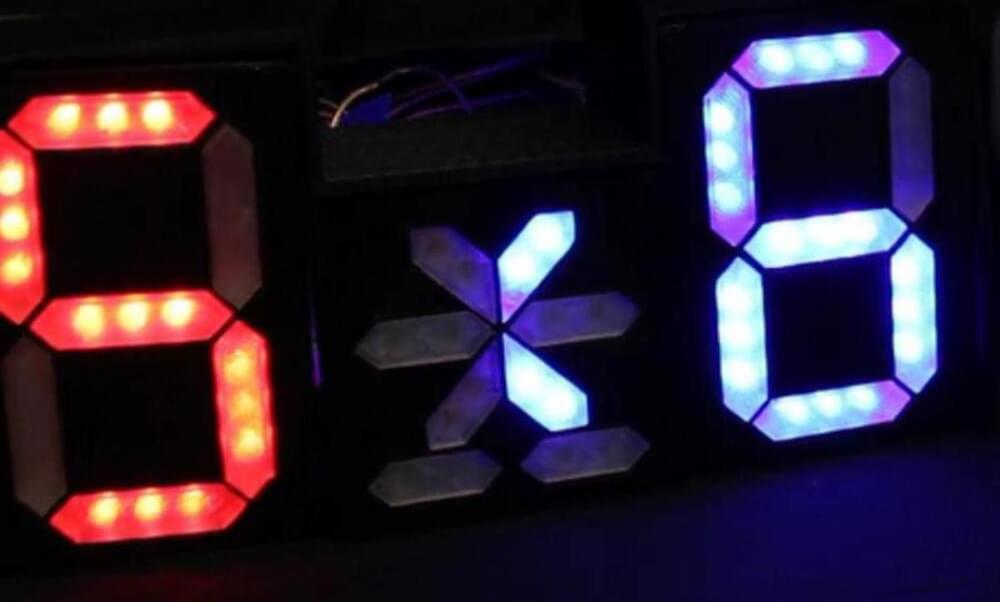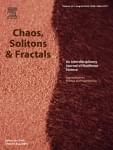Turbulence plays a key role in our daily lives, making for bumpy plane rides, affecting weather and climate, limiting the fuel efficiency of the cars we drive, and impacting clean energy technologies. Yet, scientists and engineers have puzzled at ways to predict and alter turbulent fluid flows, and it has long remained one of the most challenging problems in science and engineering.
Now, physicists from the Georgia Institute of Technology have demonstrated—numerically and experimentally—that turbulence can be understood and quantified with the help of a relatively small set of special solutions to the governing equations of fluid dynamics that can be precomputed for a particular geometry, once and for all.
“For nearly a century, turbulence has been described statistically as a random process,” said Roman Grigoriev. “Our results provide the first experimental illustration that, on suitably short time scales, the dynamics of turbulence is deterministic—and connects it to the underlying deterministic governing equations.”








